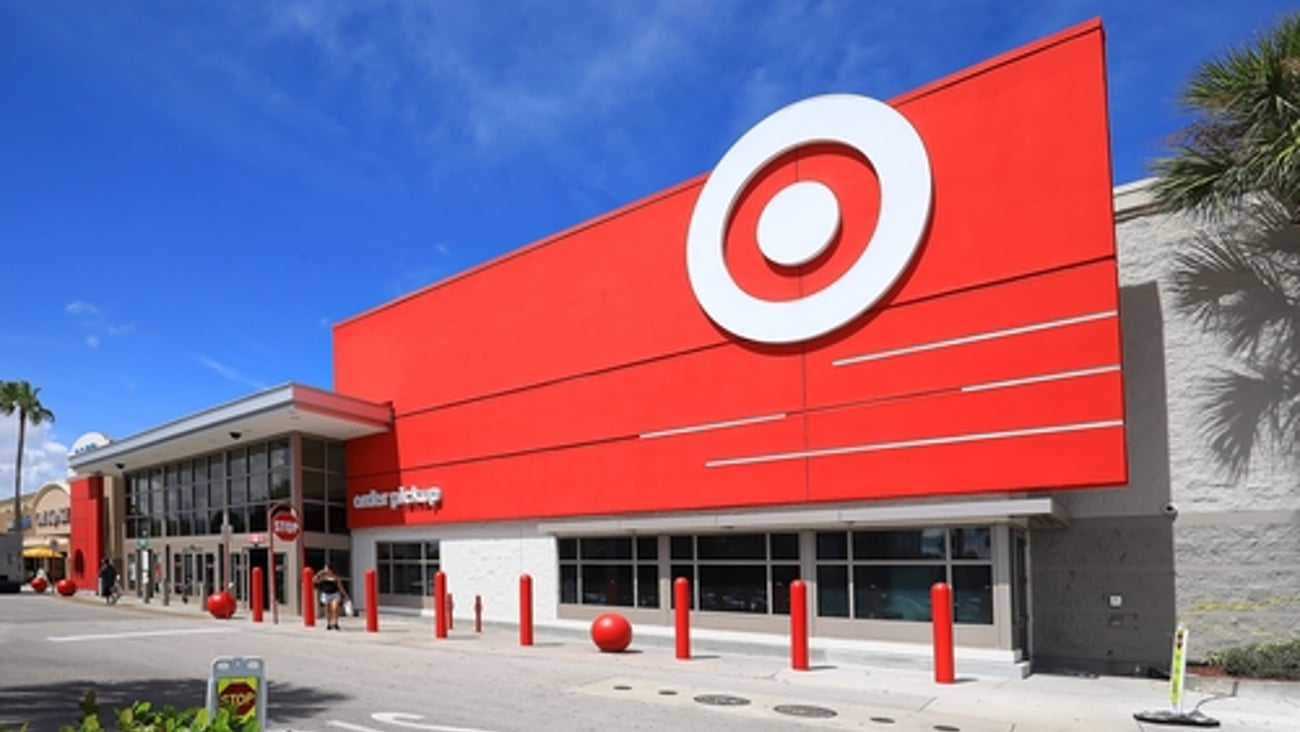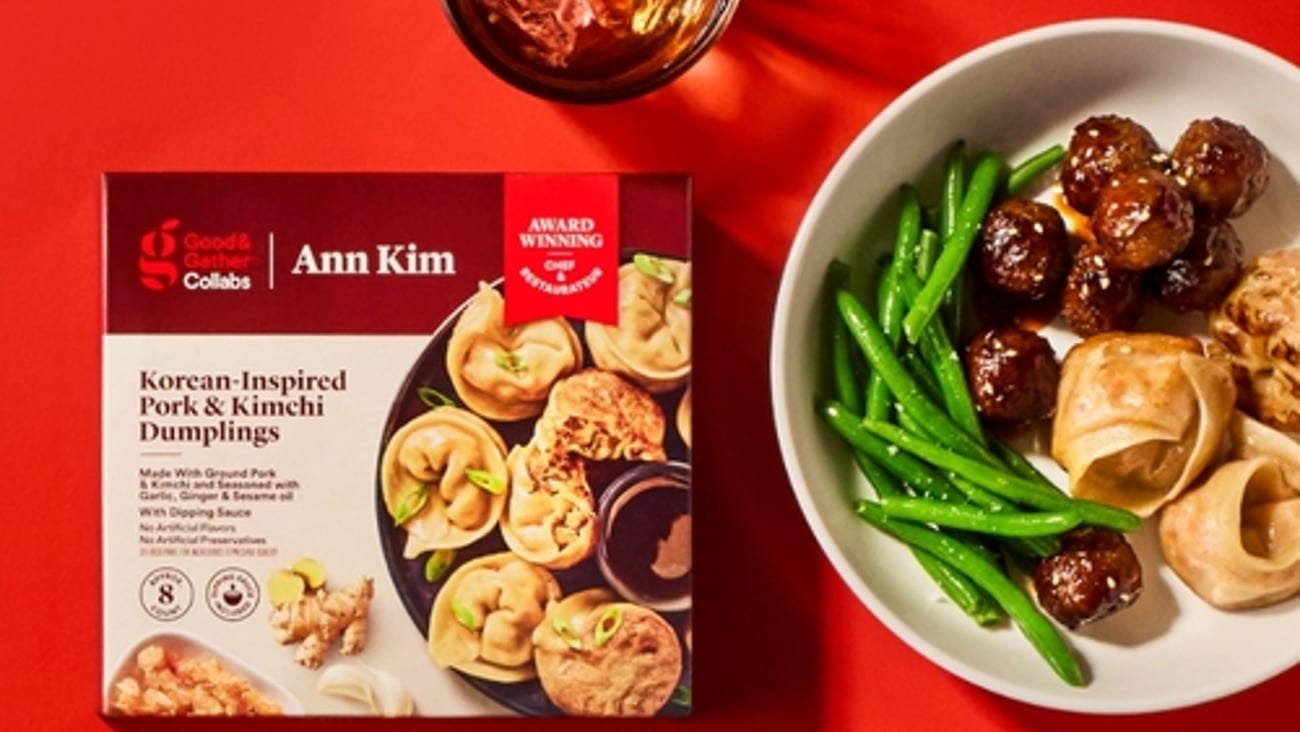How to build a private brand
Consumers rely heavily on the reputation of the retailer when selecting a product that is offered elsewhere. With the competition for consumer loyalty heating up, retailers must address the new generation of private brands in the world of rapid change in competition, shopper demographics and taste/functionality trends in products that consumers want to purchase and from where they wish to purchase them.
This requires new thinking and a new execution strategy. A new white paper titled, “Build and sustain your private brands with a greater level of success in the face of rapid change,” elaborates heavily on the importance of private brand marketing and its execution.
The white paper was written by Tom Stephens, a global expert in private label strategy and a member of the Private Label Hall of Fame. Here are some of its main points:
Develop a private brand portfolio
The first issue for retailers to address is whether they adopt a “one brand fits all” strategy, or multiple branding strategies across departments and specific segments. The basic approach from a historical perspective has been the one brand approach. For example, some have used a “Good, Better, Best” method with private brands. This concept was firmly established by the discounters ALDI and Lidl across the globe. Multiple brands across multiple departments. Separate brands for wine, confectionery, meals, fresh meat, dairy, cleaning, health and the list goes on.
Maintain package design management
The Good, Better, Best strategy was fairly easy to manage. Layout, colors, photography or sketch, function or lifestyle were easy to articulate. But then came new ideas from product development, which demanded different communication skills. Many retailers fell for the beauty of the design rather than marrying the look to the function of the contents. Many great design companies can deliver designs for maximum impact, but an imprecise design can fail to convey the contents of the product.
Packaging design also needs to work both offline and online. For online, this means both the look of the packaging as a digital image but also for extended information and stories about the product, its origins, sustainability credentials and so on. These need to be presented consistently and have a tone of voice that brings out the essence of the brand.
Build a product development strategy
All the technical and analytical skills in the world cannot deliver a better tasting, more functional, healthier or more desirable product. It is in retailers’ ability to find the winning items that they will succeed in the new era of demographic challenges, better examples of innovation and faster delivery to the consumer.
There are three basic models of product development. First, the “do it yourself” method, which started at Marks and Spencer and now resonates globally. A dedicated team of “foodies” and “super users” that live, eat and breathe the world of tomorrow’s trends and tastes.
The second model is the “Food Warrior,” which spends time watching trends and reading about them. Visiting trade and specialty shows the world over and haunting the aisles of trend-setting specialty retailers on a global basis.
The third and final model is the most common. The “let them come to you” strategy. This basically means sitting in front of a computer with access to some hopefully meaningful real data and doing category reviews on a regular (annual?) basis.
Strategizing the buying and development of products needs a whole host of consumer understanding, science, taste and experience in a product development team that knows the trends and working in conjunction with fast-moving savvy manufacturers that share a common vision of getting “truly innovative products to market.” And it needs a communication platform to bring them together.





